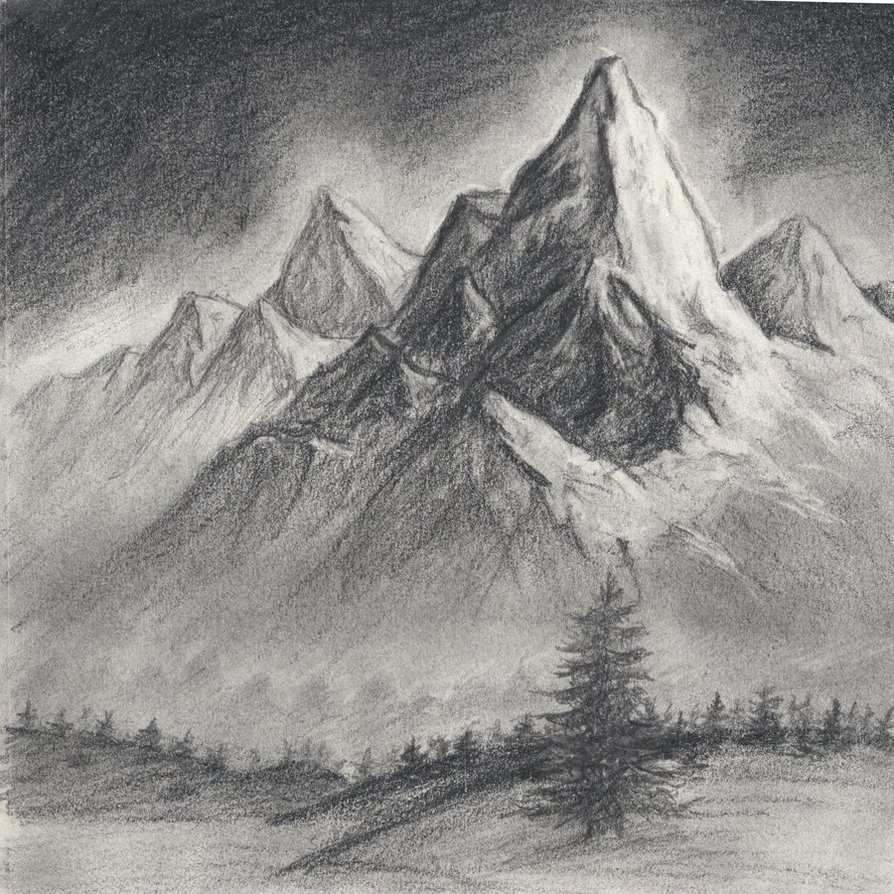
It’s good to be aware at this stage where the sun’s rays will be coming from. Since nature is the main subject, I kept the house small with one house. This time I wanted to draw a wide landscape with depth, so I placed a road extending from the foreground to create depth. We will create a rough drawing in pencil using the divisions. We will use the Ruler tool this time, because we know that dividing the screen in a straight line is sometimes distorted.Įven if you are not good at drawing straight lines, you can easily create parallel lines with this tool.Īfter setting up, draw a line horizontally. In this case, I wanted to have a good overall balance, so I’ll divide the ground, mountains, and sky into exactly three parts.
Landscape sketch how to#
Having said that, how to use this line, you can easily draw a good composition by placing the horizon line on the bottom line as shown in (1) if you want the sky to be the main subject, or as shown in (2) if you want the rice field or ground to be the main subject! In general, the picture is divided into nine parts with four lines.īut nine is a lot, so this time I’m going to try drawing with two horizontal lines! In such cases, it is good to be aware of the division of the screen. When you are trying to draw a natural landscape, you often find that you cannot think of a good composition. The cloud brush is used as is, so no changes! (The changes are opacity and blending ease.) (Change the size as you wish as you paint.) I want to paint the sky lightly and the grass clearly, so I made the following changes. Use the watercolor brush for the sky and for the grass! The areas to be changed are the size and the area inside the red square (drawing interval and blending ease).


Select the brush you want to add and click “Save” in the upper right corner to complete the process.įirst we need to set up the flat brush for the mountains and trees! To add a brush, open the brushes and click the + button in the upper left corner. We’ll be using four types of brushes: watercolor, pencil (rough), flat brush (wet), and moko moko watercolor 3. First, let’s set up the brushes we will use.


 0 kommentar(er)
0 kommentar(er)
